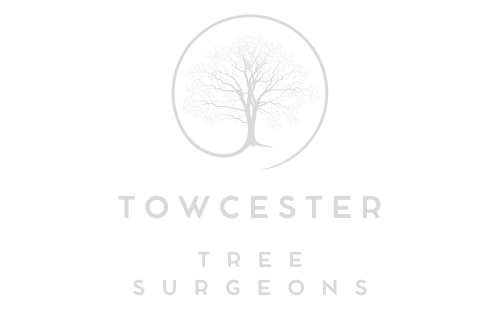Why Over-Reducing Crowns Can Damage Trees Beyond Repair
As homeowners, we often consider tree pruning as an essential part of maintaining our gardens and landscapes. However, while pruning can promote growth and ensure the health of a tree, there is a fine line between beneficial pruning and over-reduction of the tree’s crown. Over-reducing, or excessive crown reduction, can harm trees in ways that may be irreversible.
In this blog post, we will explain why over-reducing crowns is so detrimental to trees, and how careful, professional tree surgery can help preserve the long-term health and vitality of your trees.
What is Crown Reduction?
Crown reduction is a tree maintenance technique where a tree’s canopy is reduced in size by cutting back the branches and leaves. This method is often used to improve tree shape, reduce the risk of damage from high winds, and allow for better light and air circulation within the canopy.
However, when performed incorrectly or too drastically, crown reduction can do more harm than good. Over-reduction involves cutting back more than 30% of the tree’s crown, leaving the tree vulnerable to stress, disease, and long-term damage.
Why is Over-Reducing Harmful?
- Loss of Photosynthesis Ability The leaves and branches of a tree are essential for photosynthesis, the process that allows the tree to create energy from sunlight. Over-reducing the tree’s crown means removing too many leaves and branches, which reduces the tree’s ability to produce food. In extreme cases, this can lead to the tree starving and eventually dying.
- Increased Vulnerability to Disease and Pests When a tree’s crown is over-reduced, it weakens the tree’s immune system. The open cuts from pruning provide an entry point for harmful pathogens, fungi, and pests. Without a healthy crown to defend itself, the tree becomes much more susceptible to infections, rot, and other diseases that can threaten its life.
- Reduced Structural Integrity A well-maintained tree has a natural structure that allows it to withstand weather conditions and other external factors. By reducing the crown too much, the tree may struggle to support itself and its remaining branches. This can lead to poor structural integrity, making the tree more prone to breaking or toppling during storms or high winds.
- Shock and Stress Trees, like any living organism, undergo a stress response when too much of their crown is removed. This is known as “pruning shock.” When a tree is over-reduced, it may take a long time to recover. During this recovery period, the tree’s growth slows down, leaving it vulnerable to additional stress from environmental factors such as drought or extreme temperatures.
- Impaired Growth and Regeneration Over-reduction of a tree’s crown can hinder its ability to regenerate. The tree may struggle to produce new growth as its resources are depleted, and its reserves are exhausted. In some cases, excessive crown reduction can lead to the tree developing an imbalanced or poor structure as it attempts to compensate for the damage.
- Aesthetic Damage Beyond the practical issues, over-reducing a tree can also affect its appearance. Trees are often valued for their beauty and natural shape, and excessive pruning can result in an unnatural or unsightly form. The tree may appear lopsided, sparse, or misshapen, which can diminish its aesthetic value and the overall look of your landscape.
How Professional Tree Surgery Can Help
It’s essential to ensure that crown reduction is carried out by professional tree surgeons who are trained to assess a tree’s specific needs. At Towcester Tree Surgeons, we understand the importance of careful, selective pruning. Our tree surgeons work with a focus on promoting healthy growth while ensuring the long-term vitality of the tree.
We use the latest techniques and tools to carry out precise and minimal interventions that protect the tree’s health. Whether it’s crown reduction, thinning, or reshaping, our approach ensures that the tree remains robust and structurally sound, avoiding unnecessary harm.
Key Takeaways
- Over-reducing a tree’s crown can lead to a host of problems, including weakened structural integrity, reduced photosynthesis, increased vulnerability to pests, and impaired regeneration.
- Crown reduction should always be done selectively and in moderation. Pruning should be carefully planned and executed to promote healthy growth.
- Professional tree surgery ensures that your trees are pruned correctly and are protected from long-term damage.
Conclusion
Tree pruning is an essential part of maintaining healthy trees, but it’s important to be aware of the risks of over-reduction. Over-pruning can lead to a range of serious consequences, including damage to the tree’s structure, increased vulnerability to disease, and impaired growth. By hiring professional tree surgeons, such as Towcester Tree Surgeons, you can ensure that your trees are pruned safely and efficiently, promoting healthy growth and protecting your investment in your property’s landscape.
If you need expert advice on how to care for your trees or require tree surgery services in Towcester, Northamptonshire, contact us today to schedule a consultation. Let our team help you preserve the beauty and health of your trees for years to come!
Call us on: 01327 221 399
Click here to find out more about Towcester Tree Surgeons
Click here to complete our contact form and see how we can help with your tree care needs.

